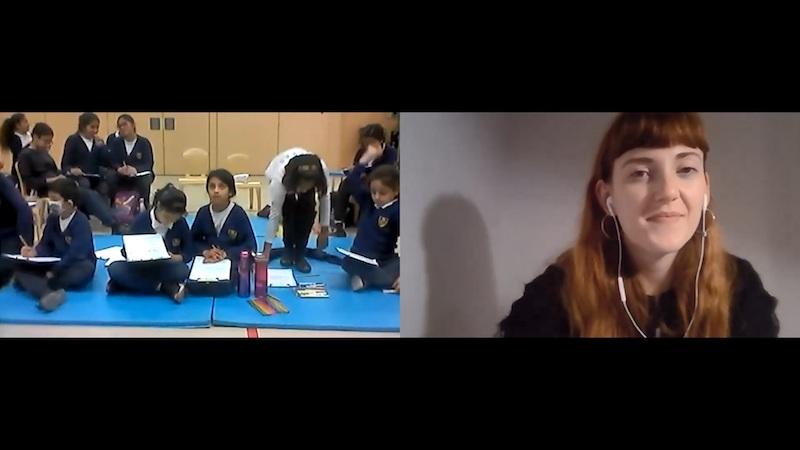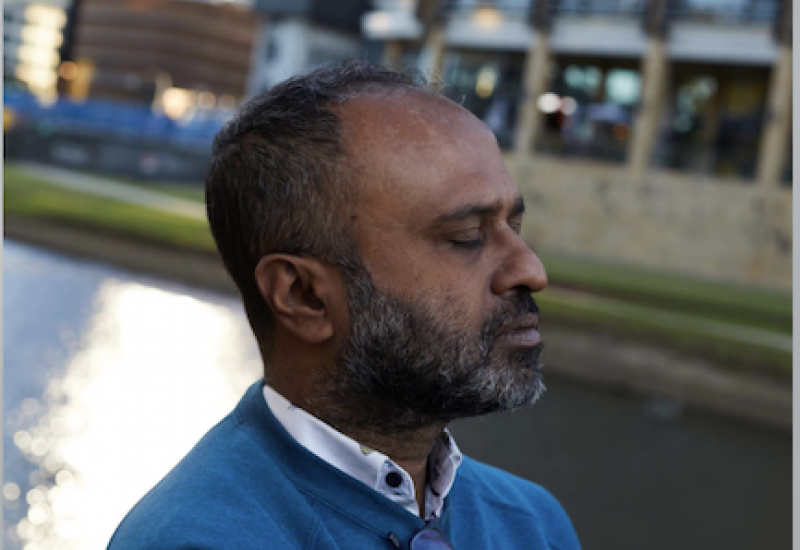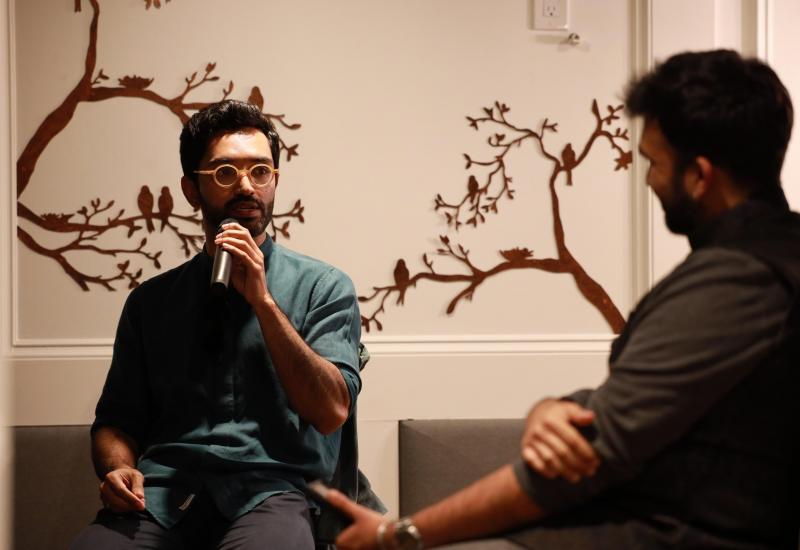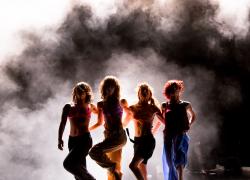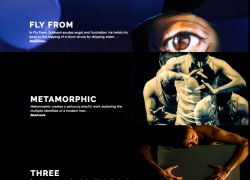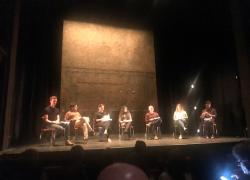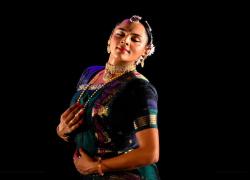The Stories of Our Elders: Akademi’s Oral History Project
How does a chat with a grandparent become material for movement?
Finding a deeper meaning in the spoken word is the essence of Akademi’s Oral History dance project, entering its second phase at the end of January 2021.
After planning the initiative through and around the pandemic, the sessions started in November 2020 as part of a larger National Lottery Heritage funded project which takes into account four decades of Akademi’s history. A group of dance students and enthusiasts of mixed ages from dance schools Pagrav Dance Company (Milton Keynes) and Sanskruti UK (Cambridge), together with pupils of Krishna Avanti Primary School (Harrow), participated in a series of online oral history workshops organised by Akademi. Here, with the help of oral historian Laura Owen, they learnt techniques to elicit personal stories from elders in their community. Their narratives of migration and experiences of being adrift in a new country and culture will form the raw material for creative expression in the forthcoming workshops that will be led by artists Parbati Chaudhury at Pagrav, Krishna Zivraj-Nair and Linnea Husmann at Sanskruti and Olivia White at Krishna Avanti. Louise Clohesy has been evaluating the project and a comprehensive report will be available on Akademi’s website in the spring.
This project is aimed at taking the oral history method out of the academic realm and familiarising children and young adults with the methodology of questioning, listening and recording conversations with their elders. The groups had been meeting online every Thursday and Sunday morning; I joined in for the last of the five sessions. The excitement was palpable at the start of the session: everyone was eager to hear whom their friends had spoken to, what new discoveries they had made and what they had recorded.
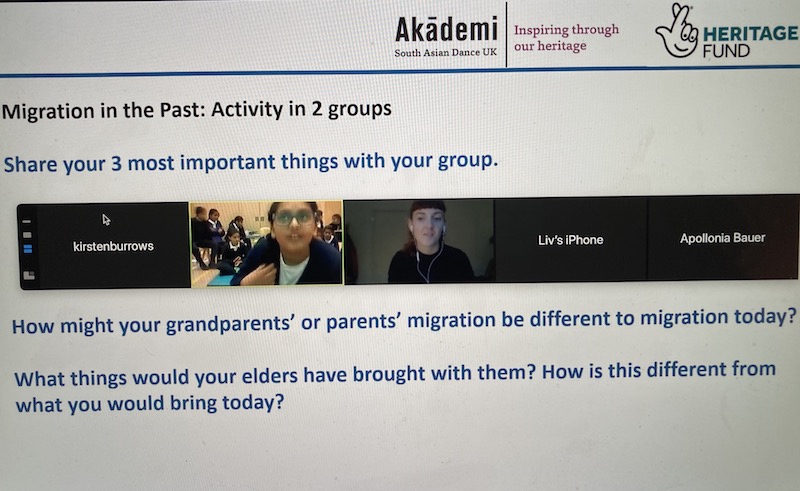
Identity, migration and the extended family emerged as the principal themes from their recordings. One participant discovered that her grandfather used his grandfather’s name as his surname. We heard from her recording with her grandfather that this was a common practice during that time. When migrants arrived at the ports and filled in the landing card, they weren’t sure what to put in the box for surname and often ended up putting their grandfather’s name in it. A vivid description of the impact it had on his life followed. People at this new workplace were then addressing him by his surname, and as he was nearly the only one of South Asian origin in his trade, he become well known, but by his grandfather’s name, which he found quite amusing. Other participants started commenting on their family names, and it was fascinating to hear them discuss kinship and identity issues in such a relaxed environment, informing each other and sharing.
Another participant, a recent migrant herself, from India, told us her story of how amazed people were that she could speak English so fluently, although she wasn’t born in the UK. Being able to speak fluently in her mother tongue as well as in English often elicits comments such as, ‘Oh my God, so you weren’t born here!’
Fascinating accounts of life during the mid-20th century in Britain emerged in the recordings: of an outside toilet, baths in a wooden shed, coping with the extreme cold, sorrow of friends and family left behind. In the early days, people never thought so much about their identity, or their colour, as they were busy adjusting to life in a new country. It was only a couple of decades later that political awareness came to the fore.
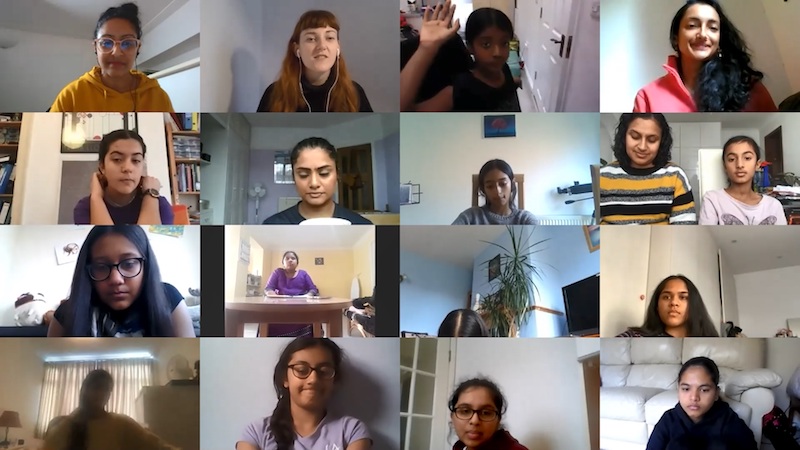
It was heart-warming to hear how the participants have benefited from the project. Some have grown closer to their grandparents, their heritage and learnt more about their community; others saw their parents in a new light and began to understand reasons for migration. This new knowledge has led some to ask the bigger questions about themselves and their role in society.
The online sessions were managed very well and created an environment that allowed open and honest sharing. In a richly diverse group, violin teacher, scout leader, parent and grandparent all shared their stories in answer to questions deftly framed by the participants. Some short, some long, some detailed, there is rich material gathered during this exercise, which Akademi plans to compile on its website.
The oral history recordings did reveal the varying IT skills of the young people – digital savviness is acquired, and can challenge both the young and the old.
The benefit of the sessions on the oral history method were clearly evident with the older participants. One of them, Shaili Desai, is already setting up a similar project along with her friend, to collect oral histories from the community. The podcast is called “Retraced: A Migration Story”.
Shaili says - “I absolutely loved it and became so inspired by the concept of oral history as a way of capturing parts of history that I started my own podcast, along with a friend, on migration, culture and identity.”
This testifies to the success of the project in sparking interest in the method. The younger students from the primary school level gathered basic skills in communication, and what was impressive was their development in the ability to listen. The facilitator placed special emphasis on allowing the students to peer review the work. Students commented on the ability to listen and showed appreciation for the benefits that arose from allowing the interviewee to speak unfettered. The use of the open-ended questionnaire style was explored effectively, and its application brought good results for the project’s aim.
The story trees put together by the participants at the end of the session showed rich potential for dance choreography. Commenting on oral history as a tool for dance, Krishna Zivraj, the director of Sanskruti Dance School, summed it up: ‘I can now send off my students to do oral history research and know they have a systematic way of getting real stories.’
The participants have a mixed background in dance, with some professing an interest in dance, but not actually learning dance. The creative dance sessions that are to commence shortly will be an exciting process to see how dancers and non-dancers respond to a concept. The participants and dancers now eagerly await the movement stage of this project. Akademi’s recent foray into oral history and heritage has produced rich results in the first stage. Now it has reached the most exciting stage of the project, the movement inspired by the history.
Note
Akademi is also pioneering a new initiative, Heritage Performance Commission, that sits at the intersection of choreography, community, and performance. It involves responding to an Akademi heritage object through a choreographic solo, and through a workshop plan aimed at Key Stage 2 pupils. Three artists, Hiten Mistry, Jaymini Sahay and Sophie Holland, along with trainee artist Mansi Dabral Uniyal are working together as a new team to deliver their solos and workshops remotely through digital means at several primary schools in the coming months.

